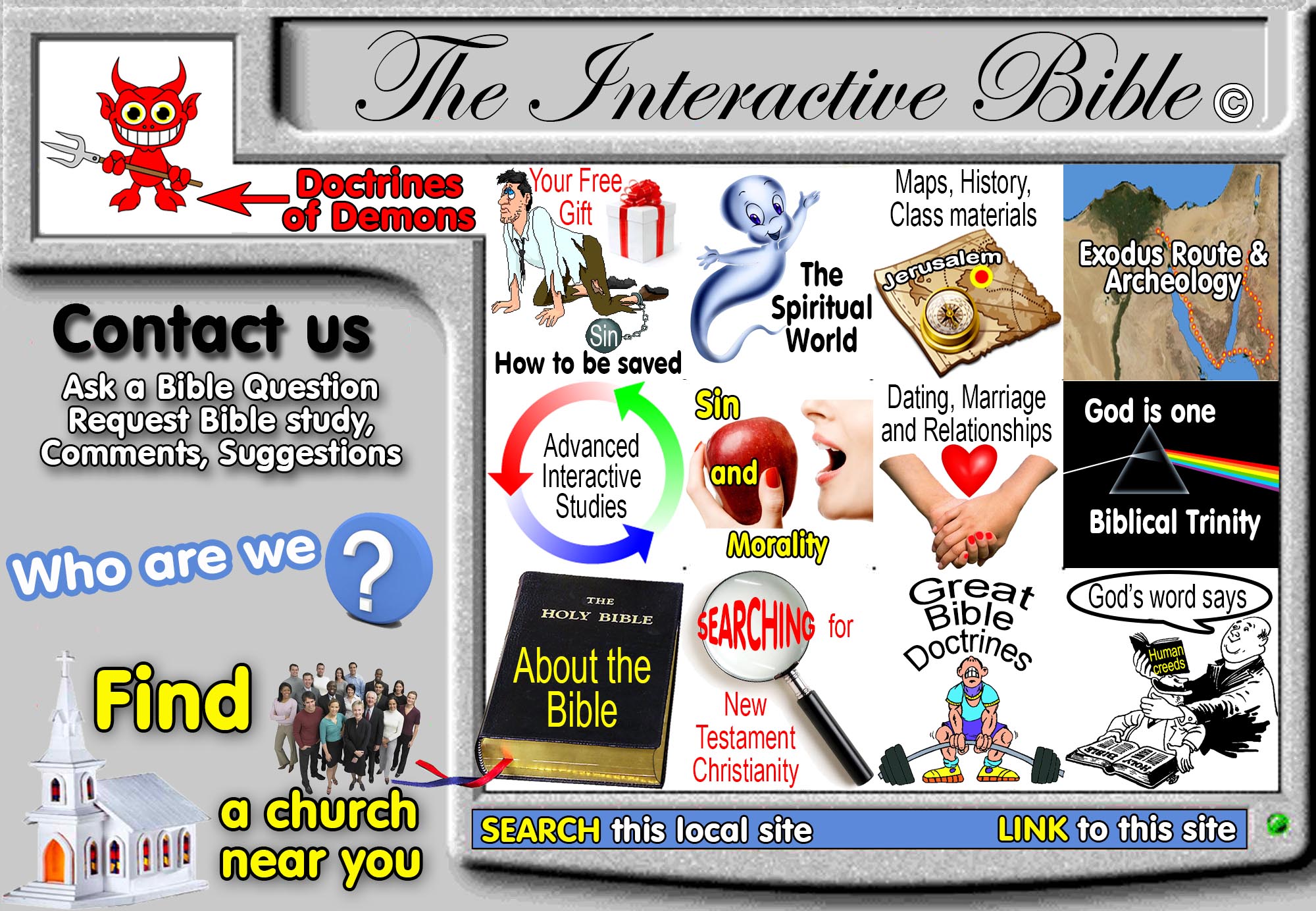|
Evidence before 200 AD about the canon A conservative, bible believing perspective! |
God's providence gave us the 27 book New Testament Canon, not the church. God, not men decided the canon. This providence does not mean that church leaders were inspired in their selecting the canon, only that God had his eye on the scriptures the whole time and brought about His will to form the Bible we see today!
|
|
Evidence before 200 AD about the canon |
Evidence before 200 AD about the canon
I. Scare and scattered historical record:
- "Due to the scarcity of evidence, one cannot firmly conclude when exactly and as a result of what development the early church came to possess a twenty-seven-book collection called the New Testament and a two-part collection that comprises our Bible of Old and New Testaments." (Lee Martin McDonald, James A. Sanders, Editors: The Canon Debate; Peter Balla, Evidence for an Early Christian Canon: Second and Third Century, p 372, 2002)
- Although historians universally admit there is sketchy information about the earliest years of the church, this does not mean the core of the canon was not recognized as we see it today. We have random bits and pieces of historical evidence of varying degree of reliability. For example, just because our earliest complete copy of the Bible (codex) is about 325 AD, this does not mean that a codex in 125 AD did not exist. All we can say is that we have no direct archeological proof.
- All we have from the apostolic fathers during this earliest time would be a book about the "volume about the same size as the New Testament" (The Canon of the New Testament, Bruce Manning Metzger, 1987, p 72)
II. Roman Catholics take note:
We remind Roman Catholics that not only is the earliest evidence of the canon incomplete, but so is the record of the earliest bishops of Rome. In other words, there is no agreement as to the actual order of "Pope" (as Catholics refer to the historic elders of Rome) So the same evidence Catholics point to, in order to prove the canon was not settled before 200 AD, also proves the order of the "popes of Rome" are disputed.
- "The oldest links in the chain of Roman bishops are veiled in impenetrable darkness. ... at that early day, the government of the congregation composed of Jewish and Gentile Christian elements was not so centralized as it afterwards became. Furthermore, the earliest fathers, with a true sense of the distinction between the apostolic and episcopal offices, do not reckon Peter among the bishops of Rome at all." (History of the Christian Church, Philip Schaff, v2, ch 4)
- "The actual order of the first three so-called bishops of Rome is a greatly disputed matter. The oldest tradition is that given by Irenaeus (Adv. Hoer. III. 3. 3) and followed here by Eusebius, according to which the order was Linus, Anencletus, Clement. Hippolytus gives a different order, in which he is followed by many Fathers" (Philip Schaff, Post-Nicene Fathers, Series II, Vol. I, footnote 14)
- See more documentation of the organization of the early church.
III. Illustration and case point:
- Here is a typical historians quote: "Given what we see in Eusebius in the early fourth century it is virtually impossible to imagine that the church had settled upon a twenty-seven book collection, or even one that approximated that, in the late second century. Moreover, whatever the merits of David Trobisch's intriguing and important proposal that a twenty-seven book edition of the New Testament was produced in the second century, that notion seems hard to reconcile with what we have found in Eusebius regarding the church's acceptance of apostolic writings in earlier centuries." (Lee Martin McDonald, James A. Sanders, Editors: The Canon Debate; Everett R. Kalin, The New Testament Canon of Eusebius, p 404, 2002)
- Problem is that the record of Eusebius, is restricted to that small part of the world where he had influence: Caesarea. He may not represent Asia, Constantinople, Alexandria or Rome! For a complete picture of the time, we need the views of key men in all these areas.
- It is well documented that different areas of the world had differing views on various New Testament books. This does not mean that Canon was not set. But some parts of the world accepted Revelation and others viewed it with suspicion.
- It is clear that in some parts of the world, the entire 27 book canon of scripture was likely fixed in its present state.
By Steve Rudd: Contact the author for comments, input or corrections.

